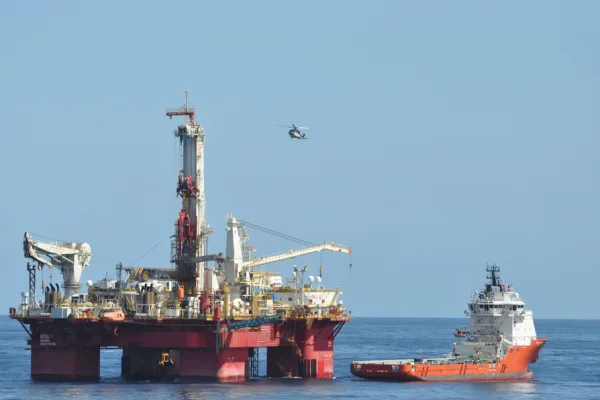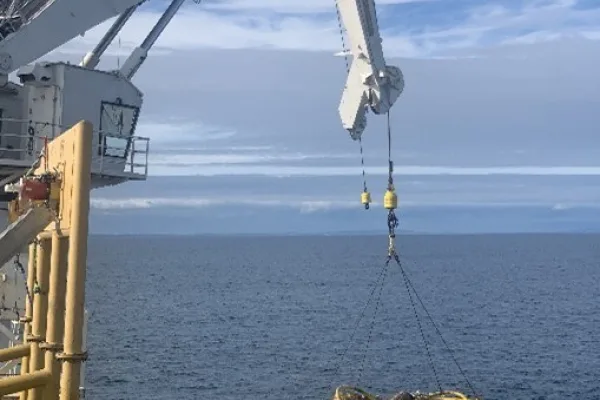Decommissioning
Decommissioning refers to the prompt, safe, and environmentally sound process of removing or appropriately managing infrastructure that once supported offshore oil and gas activities. Amplitude Energy has significant experience in decommissioning, having successfully completed phase 1 of the BMG closure project in the Gippsland Basin.
Decommissioning Planning
Decommissioning occurs after an asset has reached the end of its useful life. It involves permanently sealing wells, deconstruction and removal (base case), processing of materials, reagents, waste and infrastructure associated with the operations, and rehabilitation of the area.
Amplitude Energy’s Decommissioning Protocol acknowledges legislative requirements and
illustrates the company’s management system for integrating decommissioning planning across operations.
Plugging well
Well plugging activities are undertaken to seal and restore barriers for hydrocarbons and/or aquifers intersected by the drilling of a well to eliminate the risk of a release of fluids to sea.
Activities during the well abandonment process may include the:
- removal of wellbore tubulars
- installation of permanent reservoir barriers
- disconnection and removal of subsea trees
- cutting and removal of the wellhead.
Plugging wells involves setting a series of cement plugs within the wellbore, including plugs above and between any hydrocarbon-bearing intervals, at appropriate depths in the well. These plugs, along with other barrier elements, are tested to verify their integrity.
Cutting and removing wellheads is common in areas where their presence may be a hazard to other marine users. The base case is to cut at or below the seabed and recover wellheads to a vessel. However, in some cases it may be left in situ, subject to regulatory approval.
Plugging well activities require a well requires mobilisation of a mobile offshore drilling unit or a well intervention vessel.
A typical well intervention vessel, and recovery of subsea equipment during decommissioning.
Decommissioning flowlines
Flowline systems are cleaned and flushed. They are then recovered and either:
- wound onto a reel or carousel on the deck of a vessel
- cut into manageable pieces on the deck of a vessel, or
- cut up subsea before recovering the materials to the vessel.
What will happen to all the materials removed during decommissioning?
In short, we apply the waste hierarchy. When we recover something from the seabed, we look for opportunities to safely reuse the equipment, repurpose it, or recycle the raw materials. Recovered liquids are treated at licensed facilities.
The image above shows the recovery of subsea equipment from the seabed during an offshore campaign in 2021 to an offshore construction vessel. The vessel has a large crane and a remotely operated vehicle to help collect and recover the equipment. The recovered equipment was processed in Australia. Our project contractors could repurpose or recycle over 90% of the materials we recovered from offshore.
Our intent is to manage recovered materials within Australia and contribute to the nation's growing circular economy. We will explore opportunities for this with specialist waste management companies as we plan and execute offshore campaigns.

